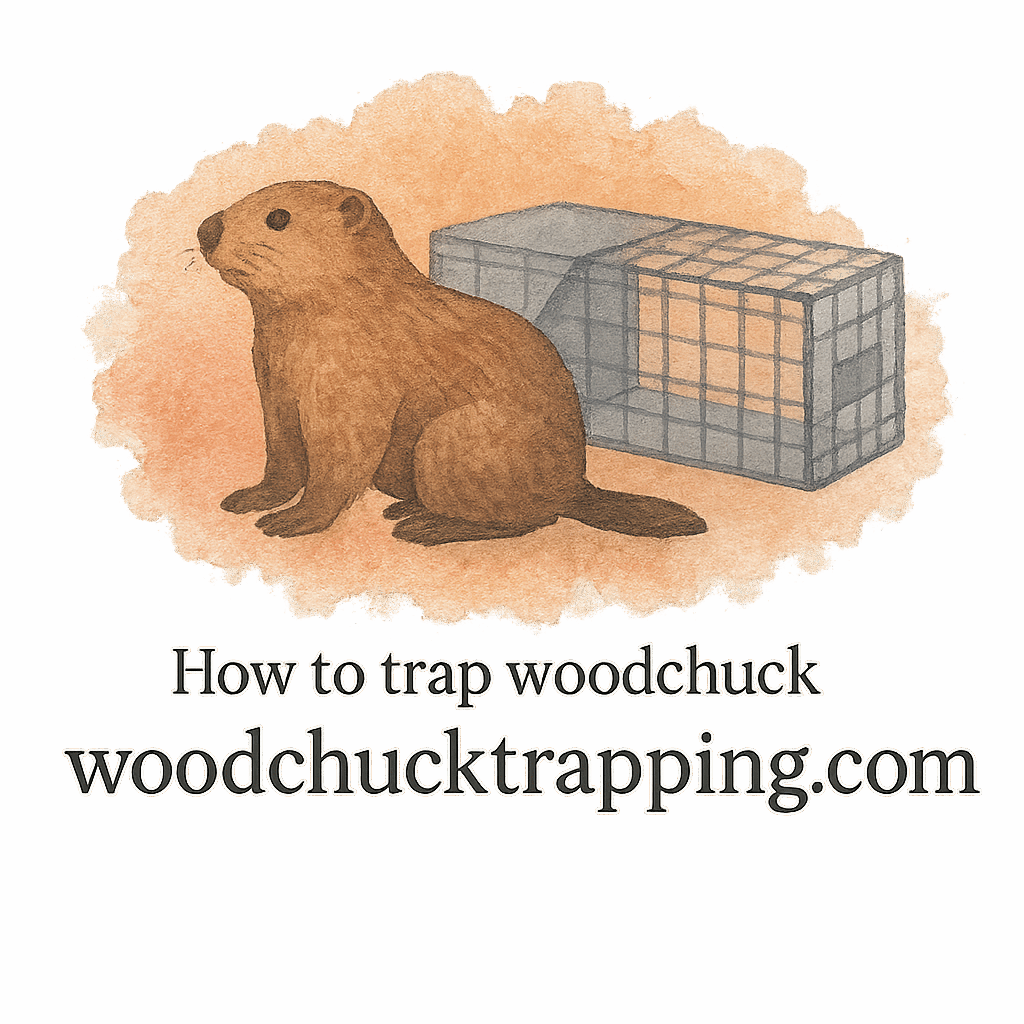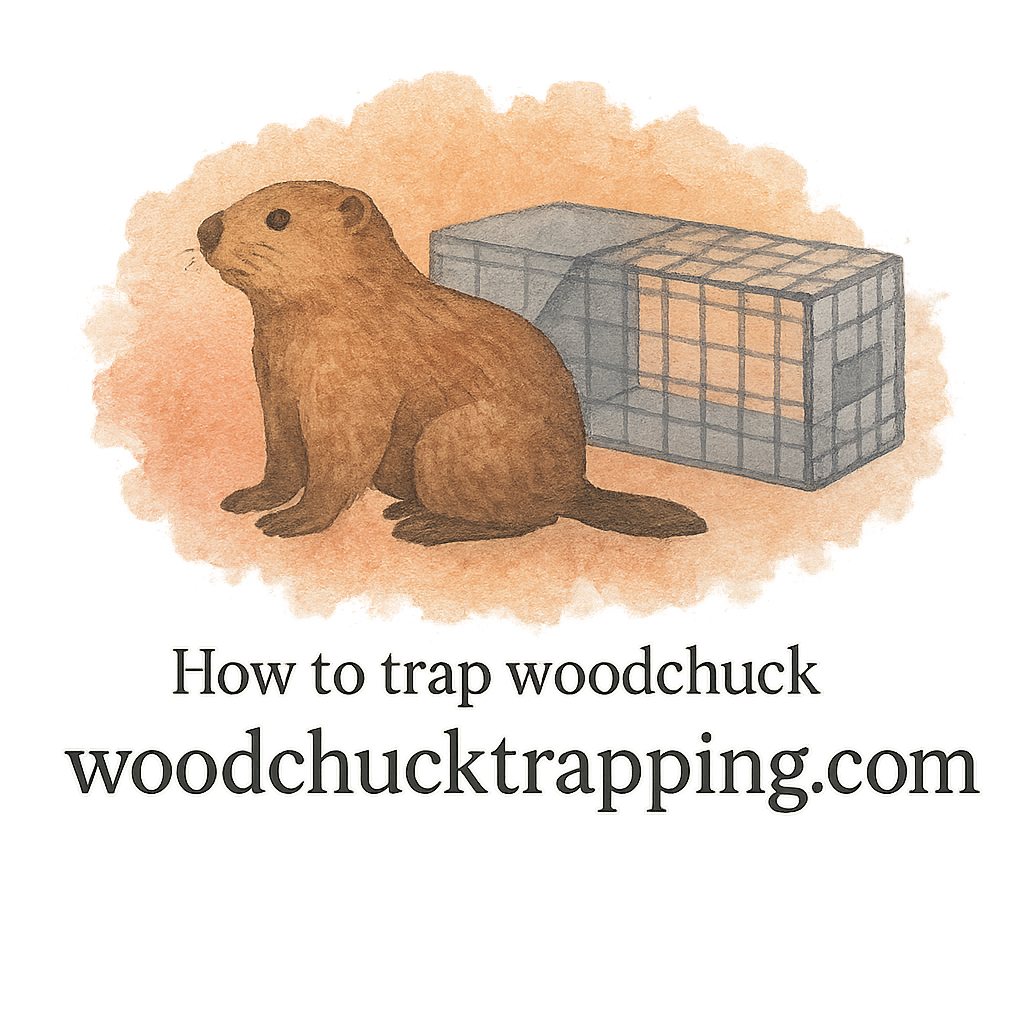Introduction
If you’re dealing with woodchucks tunneling under your shed, ruining your garden, or compromising your lawn, you’re not alone. These clever critters can be tough to outsmart—but with the right gear, trapping them becomes a manageable task. Whether you’re a beginner or seasoned trapper, having the right tools for woodchuck trapping can be the difference between success and frustration.
In this guide, we’re diving deep into the 10 essential tools every woodchuck trapper should own, plus a few expert tips and internal resources from WoodchuckTrapping.com to help you trap smarter, not harder.
Why the Right Tools Matter in Woodchuck Trapping
Think of trapping like fishing. Without the right rod, bait, and line, you’re not catching anything. The same goes for trapping woodchucks. Having a solid toolkit ensures safety, efficiency, and most importantly—results.
Ready to gear up? Let’s get into it.
Tool #1: Live Animal Trap
Why a Quality Trap Is Essential
A live animal trap is the heart of your operation. You want a trap that’s durable, easy to set, and sized right for woodchucks. Cheap traps often malfunction, wasting your time and risking harm to the animal.
We recommend looking at options featured in our Equipment Reviews section to find the best gear for your setup.
Choosing Compact Traps for Small Yards
If you’re working in tight spaces, like a suburban backyard, check out traps tagged under compact traps and minimal space setups.
Tool #2: Heavy-Duty Gloves
Protection and Handling Benefits
Handling traps (especially with a potentially agitated critter inside) without gloves? That’s a hard no.
Heavy-duty gloves protect against bites, scratches, and even disease. Plus, they help minimize your scent on traps—key for avoiding trap avoidance. More on this under handling and safety.
Tool #3: Effective Bait and Lures
Types of Scent Baits That Work
No bait, no catch. You’ll need high-quality scent bait that woodchucks can’t resist—think fresh fruits, veggies, or professionally formulated lures. Learn more about baiting strategies in our Baiting & Luring Guide and browse bait-related tips under lure, scent bait, and attract.
Where to Place Bait for Best Results
Placement is everything. Set bait toward the rear of the trap to ensure the animal fully enters and triggers the mechanism. Also, scatter small bait trails leading to the trap to increase curiosity.

Tool #4: Trap Covers and Shades
Creating a Comfortable Environment
Woodchucks love dark, enclosed spaces. Draping a towel or using a purpose-built trap cover makes the trap feel like a burrow. It reduces stress for the animal and can improve your trap rate.
Explore more ways to mimic natural burrows and signs of activity to improve effectiveness.
Tool #5: Baiting Tools (Tongs, Containers)
Keeping Human Scent Off the Trap
You don’t want your scent ruining a perfect setup. Use baiting tongs and containers to handle bait and load the trap. This small step makes a big difference in preventing trap scent contamination (see more).
Tool #6: Trail Camera
Monitoring Burrows and Activity
Ever wonder why your trap isn’t triggering? A trail camera can show you everything—from trap-shy behavior to the best time of day woodchucks are active.
Position it near known signs of activity (tag: signs) or next to traps for real-time tracking.
Tool #7: Trap-Scent Neutralizer Spray
Reducing Suspicion in Woodchucks
These animals are smart. If they smell something “off,” they won’t go near your trap. Use a neutralizing spray before and after each trap session to stay undetected. Essential for long-term setups and in areas with repeated failed attempts.
Related reading: How to Trap
Tool #8: Trap Stabilizers or Anchors
Securing Traps on Uneven Terrain
A trap that wobbles or tips over is a dealbreaker. Use stabilizers or anchor spikes to ensure your trap stays put—even if the woodchuck tries to out-muscle it.
Especially helpful in rough terrain or gardens with loose soil. Learn more from our section on trapping techniques and trap gear.
Tool #9: Humane Relocation Carrier
Safety in Transporting the Trapped Animal
Once you catch your woodchuck, you’ll need a carrier to transport it safely to a legal release site. Check your local laws and safety before relocating.
Want to be ethical and responsible? Explore the humane trapping tag for advice on releasing animals without causing harm.
Tool #10: Digging and Repair Tools
Filling Burrows and Preventing Re-entry
Once you remove a woodchuck, you’re not done yet. You’ll need shovels, rakes, or dirt tampers to fill burrows and prevent re-infestation. Seal entry points and consider deterrents as part of your prevention and damage control strategy.
Also check out the tag on yard damage to see how others have fixed their property post-trapping.
Additional Bonus: A Well-Organized Trap Kit
Keep all your gear in one place—a bucket, tool caddy, or a small utility bag works. Having everything ready helps you act fast when you spot signs of a new infestation. Organization saves time and stress.
Need a checklist? Check out resources under trapping essentials and tools.
Conclusion
There you have it—the ultimate list of tools every woodchuck trapper should own. With these essentials in hand, you’re not just trapping… you’re trapping smart. From setting up with minimal scent to handling and relocating humanely, the right gear makes all the difference.
Ready to step up your game? Dive deeper into tips, reviews, and guides at WoodchuckTrapping.com and become the trapper woodchucks fear the most.
FAQs
1. What’s the best time of day to trap a woodchuck?
Early morning or late afternoon—when they’re most active above ground.
2. Can I trap a woodchuck without bait?
Technically yes, but bait dramatically increases success rates. Learn more at baiting-luring.
3. Are woodchuck traps legal in all states?
Not always. Check your local regulations at laws-safety.
4. How can I tell if a burrow is active?
Fresh dirt mounds, chewed plants, and visible paths are good indicators. Look under the signs tag for detailed help.
5. How often should I check my trap?
At least twice a day—morning and evening. It’s both ethical and required in many jurisdictions.
6. Do I need gloves even if I don’t touch the animal?
Yes! Gloves reduce your scent on the trap and protect you during any unexpected situations.
7. What if I catch the wrong animal?
Release it carefully and check bait/lure compatibility. Learn more under trapped animal and humane trapping practices.


